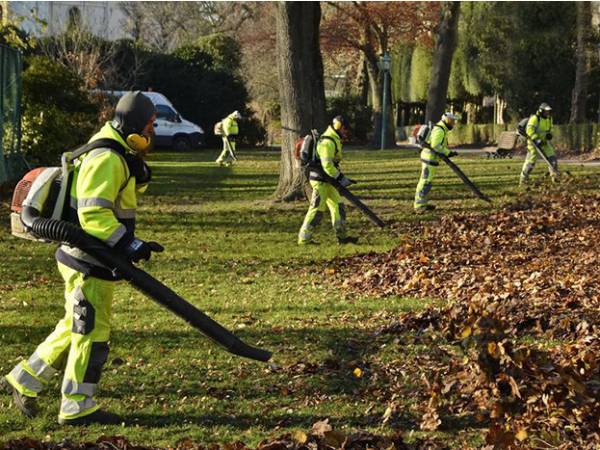
As the leaves change colors and the temperature begins to drop, homeowners know that it’s time for fall yard cleanups. A Fall yard cleanup is an essential part of maintaining a healthy and beautiful lawn and garden. In this blog post, we will explore what fall yard cleanups are, their benefits, and the steps involved in performing a successful cleanup.
What are Fall Yard Cleanups?
A fall yard cleanup is the process of removing debris that has accumulated during the fall season, such as leaves, branches, and dead plants. The cleanup also involves preparing the lawn and garden for winter by trimming trees and shrubs, fertilizing the lawn, and protecting the plants from the harsh winter weather.
Benefits of Fall Yard Cleanups
There are several benefits to performing a fall yard cleanup, including:
1. Improved Lawn Health: Removing debris from the lawn allows sunlight and air to reach the soil, improving the health of the lawn and promoting new growth in the spring.
2. Pest and Disease Prevention: Cleaning up your yard can help to prevent pests and diseases from damaging your plants and lawn.
3. Cost Savings: A well-maintained lawn requires less water and fertilizer, which can help to save money on utility bills and lawn care costs.
4. Preparing for Winter: Preparing your lawn and garden for winter can help to protect your plants from harsh weather conditions, preventing damage and promoting healthy growth in the spring.
Steps for a Successful Fall Yard Cleanup
Performing a fall yard cleanup involves several steps, including:
1. Remove Debris: The first step in a fall yard cleanup is to remove any debris that has accumulated during the fall season. This includes leaves, dead plants, branches, and other debris. Use a leaf blower or rake to clear the debris from the lawn, garden beds, and other areas of your yard.
2. Trim and Prune Trees and Shrubs: Trim and prune trees and shrubs to remove any dead or damaged branches, shape the plants, and promote new growth. This will help to prevent damage caused by heavy snow and ice during the winter months.
3. Fertilize the Lawn: Fall is the ideal time to fertilize your lawn, as it allows the roots to absorb nutrients and store them for the winter. Use a slow-release fertilizer to promote healthy growth and protect the lawn during the winter months.
4. Protect Plants: Protect your plants from harsh winter weather by adding a layer of mulch around the base of the plants. This will help to retain moisture and insulate the roots from freezing temperatures.
4. Clean Garden Tools: Clean your garden tools before storing them for the winter. This will help to prevent rust and other damage, ensuring that they are ready for use when spring arrives.
Conclusion
Fall yard cleanups are an essential part of lawn and garden maintenance. They help to prepare your yard for the winter months, improving its health and promoting healthy growth in the spring. By following the steps outlined in this blog post and seeking the assistance of professionals when necessary, homeowners can achieve a beautiful and healthy yard that will thrive throughout the growing season.

Recent Comments